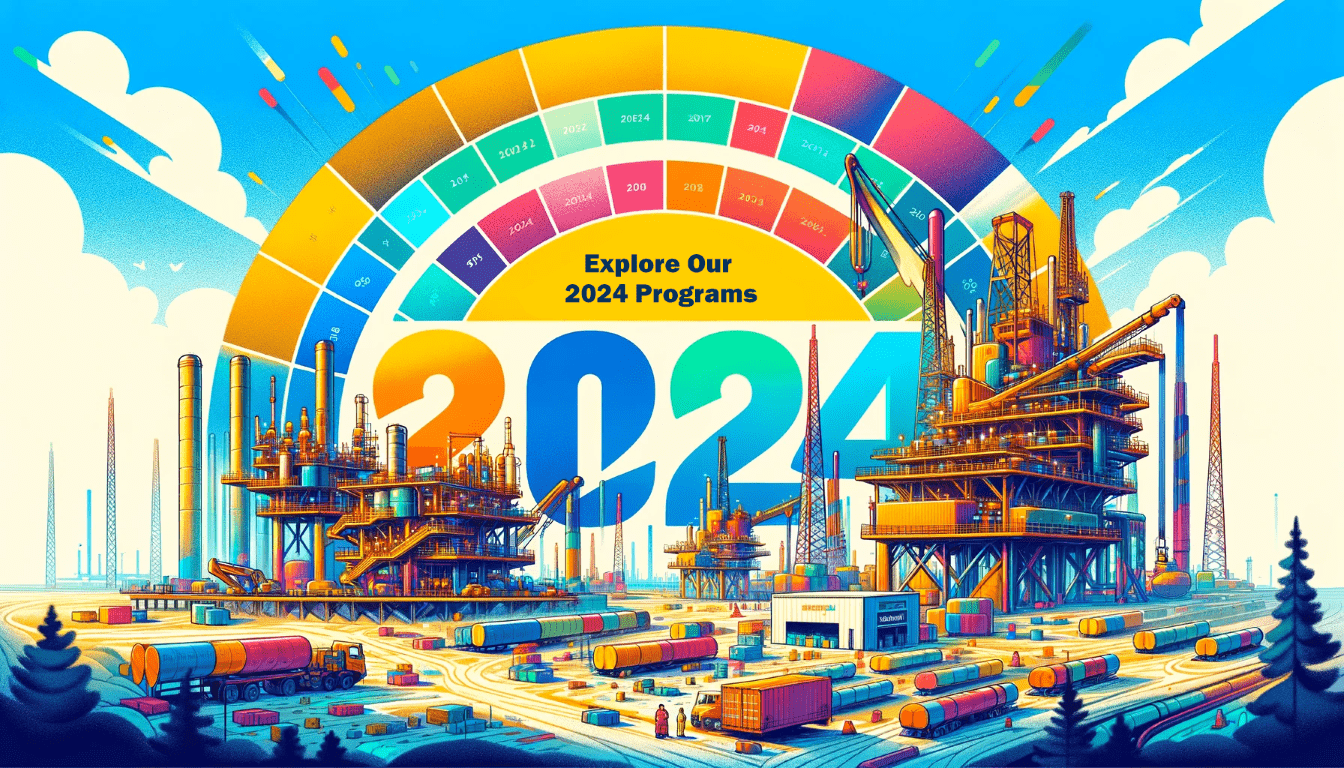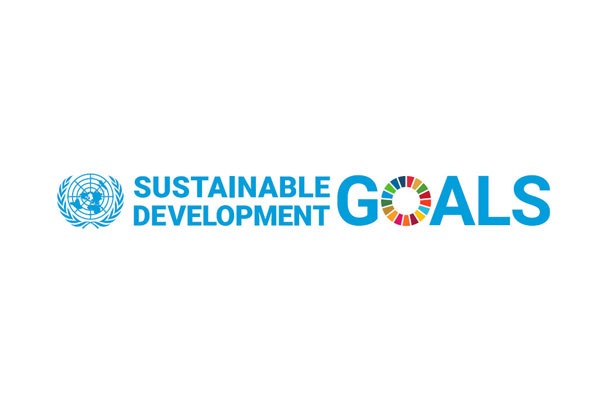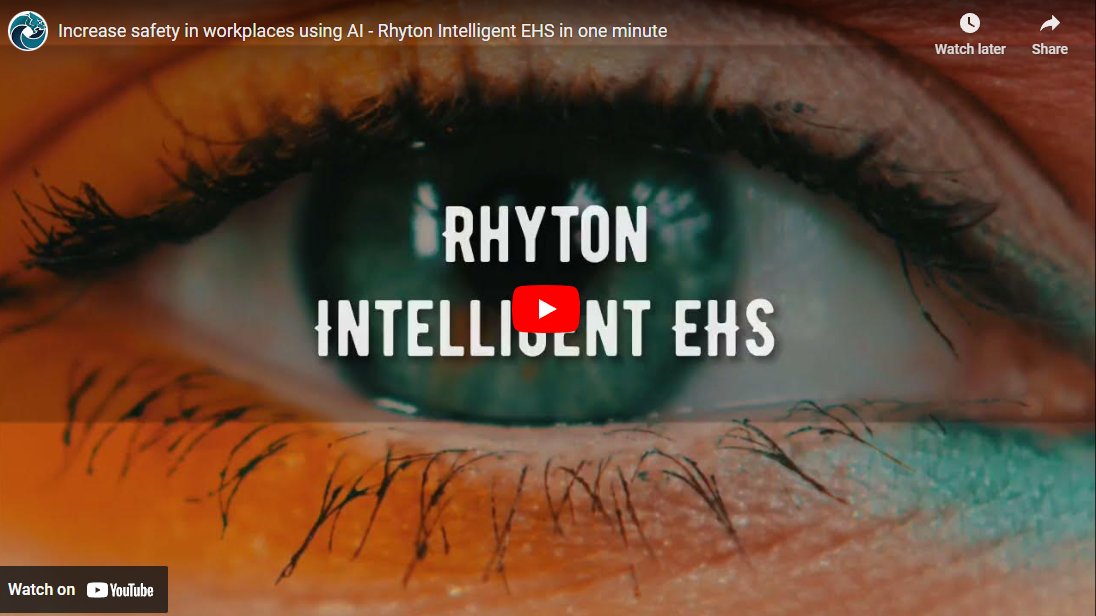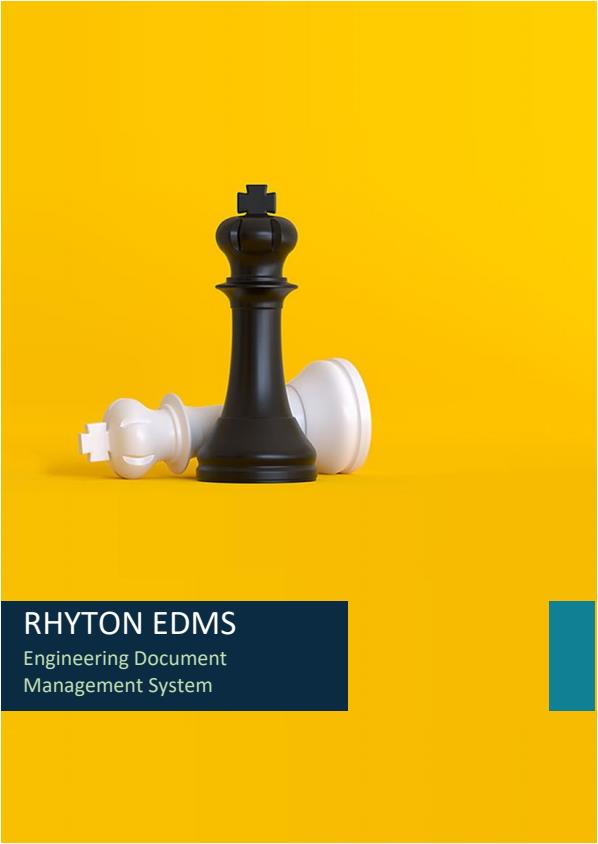Project Size
US$ 370 Million
2 Main General Contractors
Weighs 14,700 tons.
Azar Oil Field Development

“Rhyton approach included continually providing us with an excellent solution which offers more customization, flexibility and ease of use than most off the shelf Software currently available in the marketplace.”
Asnaf, Chief Information Officer, SAED Co.
Project Detail
SAED incorporated in 2012 for development of Azar Oil Field.
The giant Azar oil field is located in Anaran exploration block in Iran/Iraq border that based on comprehensive geological studies, contains 2.44 billion barrels of light oil in place.
First production from the field was achieved in March 2017 and early production of 30,000 Barrels of Oil Per Day (BOPD) was achieved in April, 2017.
The development plant involves drilling of 18 wells at the depth of 4.700 meters and the field expected to produce 65,000 barrels of oil per day upon achieving full production.
A 63 km-long, 6 in-diameter pipeline was built from the production facility to connect to the main oil transport pipeline.
A further 130 km-long, 16 in-diameter pipeline was constructed to transport sour gas to the production facility.
The project includes basic and detailed engineering, procurement of equipment and materials, and construction.
Over 10 construction and drilling sub-contractors were active in this project.
Challenges
The development of the Azar oil field introduces a complex set of IT and document management challenges that are critical to address for the successful management and operation of the field. These challenges arise from the unique and demanding environment of the oil field, characterized by its distinct geological formations and the harsh operational conditions.
- Low Bandwidth and Unstable Internet Access: The location suffers from low bandwidth and unstable internet connections. This connectivity issue hampers the ability of project managers, engineers, and contractors to access, update, and share critical documents in real-time. The problem is exacerbated by the large size of construction plans and documents, which require significant bandwidth to upload and download. Additionally, inconsistent internet access leads to delays in project timelines, increased risk of errors due to outdated information, and challenges in real-time collaboration.
- Data Complexity: The geological uniqueness of the Azar oil field results in vast amounts of diverse data that must be accurately captured, processed, and stored. The system must be capable of handling large volumes of data, ranging from seismic data to drilling reports, ensuring high data integrity and accessibility.
- Operational Intricacies: Due to the operational complexities and the need for precise execution in such challenging conditions, the system must provide seamless integration and real-time data access to various stakeholders. This integration is crucial for coordination and decision-making across different operational phases, from exploration to production.
Solutions
To address these challenges, Rhyton developed a multi-pronged solution for their system that includes the following considerations:
- Local Caching and Synchronization: Rhyton is enhanced with a feature that allows local caching of documents on users’ devices. This means that users can access and work on documents offline. The system synchronizes changes with the central server once a stable internet connection is available, ensuring all updates are captured and merged appropriately without data loss.
- Document Compression and Optimization: The system incorporates advanced algorithms to compress documents and optimize them for low-bandwidth scenarios. This reduces the size of files being uploaded and downloaded, making the system more responsive and reducing the time required to access critical documents.
- Incremental Sync: Instead of requiring a full file sync every time documents are updated; Rhyton employs incremental sync techniques. This method only syncs documents that have changed, minimizing data transfer and making efficient use of available bandwidth.
- Quality of Service (QoS) Configuration: The EDMS includes settings for Quality of Service adjustments, allowing data transmission to be prioritized based on the network’s condition and the critical nature of the data. This ensures that essential documents are synced first during periods of limited connectivity.
- Mobile Optimization: Recognizing the frequent use of mobile devices on construction sites, the system is optimized for mobile use, featuring a responsive design and mobile-friendly document management tools. This allows users to efficiently work from smartphones and tablets, even under suboptimal network conditions.
- Midnight Backup: The system is configured to automatically initiate backups and synchronization of documents and data during the late-night hours, typically starting at midnight. This timing is chosen because it coincides with the lowest levels of network activity, thus maximizing available bandwidth and reducing the impact on daytime operational efficiency.
- Training and Support: Rhyton provides comprehensive training for all users on how to effectively use the new system features, particularly focusing on offline capabilities and synchronization practices. Regular support and updates ensure that users are able to handle the technical aspects of document management under challenging conditions.

Sub-Systems
- Engineering Document Management System
- Construction Engineering Management
- Material Resources Management

South Pars/North Dome Gas Field Development Project – Phase 14
Project Specification
South Pars/North Dome gas field is the world’s largest gas field that is located on the joint borderline between Iran and Qatar, the gas reserves of this huge gas field comprise about 8% of the total gas reserves of the world.
14th development phase of South Pars Gas Field is one of the most complex phases of this huge gas field with plan to 2 BSCFPD Production Capacity.
This phase offshore part includes:
- 21 wells including drilling of 15 new wells plus 6 wells in SPD2 platform, phase 1
- 4 Offshore platforms including 2 main platforms and 2 satellite platforms.
- Two 32” pipes to transfer gas from the main platforms to the onshore processing unit, 260km in total with two 4.5” pipelines for MEG injection
- Two 18” infield pipelines to transfer gas from the satellite platforms to the main platforms inlet, totaling 12km.
In addition, the offshore process unit to process the following products:
- 50 MSCMPD of refined gas
- 1100000 tons per year of liquefied gas
- 77000 barrels per day of gas condensates
- 1000000 Tons per year of Ethane gas to feed the petrochemical plants
- 400000000 Tons per day Sulfur as a by-product of gas sweetening process
Engaged Parties
- POGC (Project Owner)
- GL (TPA)
- IDRO (Consortium Leader)
- IPMI (EPC Contractor – Consortium Member)
- MAPNA (EPC Contractor – Consortium Member)
- PAYANDAN (EPC Contractor – Consortium Member)
- MSA (Equipment Manufacturing Party – Consortium Member)
- ISOICO (Offshore EPC Contractor – Consortium Member)
- IOEC (Offshore EPC Contractor – Consortium Member)
- NIDC (Drilling Contractor – Consortium Member)

Project Goals
- System Integration: Establish a comprehensive system that seamlessly integrates every phase of the EPC project, from initiation to handover.
- Stakeholder Integration: Facilitate collaboration among all project stakeholders, including the client, third-party administrators, the consortium leader, EPC contractors, subcontractors, and suppliers.
- Interface Management: Implement effective management of interfaces to ensure clear communication and coordination across various project segments.
- Centralized Data Hub: Develop a unified platform that serves as the single source of truth for all project information, ensuring consistency and accuracy in data across all levels.
- Project Governance Enhancement: Improve project governance by digitizing project processes and incorporating integrated approval workflows for all involved parties.

Challenges
The project encountered unique challenges distinct from those of typical projects. The primary issues stemmed from the necessity of effectively integrating and facilitating communication among various stakeholders, alongside managing the interfaces between each entity.
The project’s complex information flow was further complicated by a hierarchical structure designed for the upward movement of data—from subcontractors to main EPC contractors, then to the consortium leader, and finally to the client. This structure, combined with the fact that each company maintained its own data boundaries, heightened the sensitivity around data privacy concerns.
Given these conditions, the primary challenges encountered included:
- Number of EPC Consortium Parties and Integration Needs: The 14th Development Phase of South Pars involved multiple parties forming a consortium to undertake the project. Each party likely brought its own expertise, resources, and possibly even objectives to the table. Integrating the efforts, aligning goals, and ensuring smooth collaboration among these parties would have been a significant challenge. This integration would involve coordinating activities, managing communication channels, and resolving any conflicts or differences in approach or priorities.
- Complexity of Interfaces Between Parties: With multiple parties involved, each contributing to different aspects of the project, the interfaces between them would have been complex. This complexity could arise from differences in technical standards, data formats, communication protocols, and project management methodologies. Ensuring seamless interaction and interoperability between these interfaces would have required careful planning, standardization, and possibly the development of custom solutions or middleware.
- Deep Relationship Between This Phase and Other Phases of South Pars Development: The 14th Development Phase of South Pars is just one part of a larger development effort. The success and smooth execution of this phase would have been crucially linked to the progress and outcomes of other phases. Dependencies could exist in terms of resource availability, infrastructure development, regulatory approvals, and market dynamics. Coordinating activities across different phases while maintaining alignment with overall project objectives would have posed a significant challenge.
- Implementing All Modules in Eight Companies with Completely Different Cultures: The involvement of eight companies, each with its own organizational culture, work practices, and management styles, adds another layer of complexity to the project. Integrating these diverse cultures and ensuring alignment towards common project goals would have required effective leadership, communication, and cultural sensitivity. Overcoming differences in decision-making processes, communication norms, and work ethics would have been essential for fostering collaboration and achieving project success.
- Huge Scale of Data Storage and Transfer: Given the massive scale of the South Pars project, which involves extensive exploration, drilling, production, and distribution activities, the volume of data generated would be enormous. Managing this data effectively, including storage, retrieval, analysis, and transfer, presents a significant challenge. This challenge is compounded by the need to ensure data security, integrity, and accessibility across multiple locations and parties involved in the project. Implementing robust data management systems, leveraging advanced technologies such as cloud computing and big data analytics, and adhering to industry best practices would have been essential to address this challenge effectively.

Solutions
The challenges encountered in this project necessitated a strategic and innovative approach, focusing on enhancing collaboration, communication, and integration among the various stakeholders involved.
Leveraging the capabilities of the Rhyton EPC Management System provided a structured and effective solution to address these challenges. Here’s how the Rhyton system facilitated overcoming the outlined issues:
- Unified Project Management Platform: Utilize Rhyton EPC management system, to facilitate seamless collaboration among consortium parties. Through Rhyton, stakeholders can access real-time project data, enabling transparency and alignment towards common objectives. This approach Facilitates seamless integration of different teams by providing a common platform for project tracking, reporting, and communication. This reduces misunderstandings and aligns goals across the board.
- Simplified Interfaces: Rhyton simplifies interfaces between parties by providing standardized data formats and interoperability capabilities. Customizable dashboards and reporting tools ensure smooth communication and collaboration across diverse systems. To achieve this we used a middleware software that could seamlessly integrate different IT systems, data formats, and communication protocols used by various parties ensuring compatibility and interoperability between different systems, reducing the risk of data silos and enhancing the flow of information across the project.
- Holistic Project Management: Rhyton offers a holistic view of the entire project lifecycle, enabling stakeholders to track dependencies and optimize resource allocation across different phases. Its comprehensive features enhance alignment with overall project objectives.
- Cultural Bridging: Rhyton bridges cultural differences among consortium parties by providing multilingual support and customizable user roles. Training and support resources promote a shared understanding of project goals and processes.
- Scalable Data Management: Rhyton addresses the challenge of data storage and transfer at scale through its robust infrastructure and advanced data management capabilities. Cloud technology ensures secure storage and accessibility of project data, while analytics tools enable data-driven decision-making.
Through the implementation of the Rhyton EPC Management System, the project team effectively navigated the unique challenges of this mega project. The strategic use of Rhyton’s innovative technologies and collaborative features underscored the importance of structured planning and collaborative effort in achieving project success.
Sub-Systems
- Engineering Documents Management System
- Purchasing Engineering
- Construction Engineering
- Purchasing Management
- Field Material Control
- Construction Management
- Weld and NDT Management
- Work Order and Work Permit Management
- Pre-commissioning
- Archiving

Rhyton at Digital Bau 2024, Cologne, Germany
We will be attending the Digital BAU 2024 exhibition, the leading European trade fair for digital solutions in the construction industry. This event is scheduled to take place from February 20 to 22, 2024, at the Cologne Exhibition Center.
📍 Visit Us at Hall 4.2, Stand 500
Come and explore our innovative AI-based EDMS (Electronic Document Management System) designed for the modern construction industry. Our solution is tailored to enhance efficiency, streamline project management, and revolutionize how you handle your construction documents and processes.
2024 Outlook: Explore Our Upcoming Programs
PiNOR EDMS: Pioneering Sustainable Development Through Technological Innovation
The Sustainable Development Goals (SDGs) are a global blueprint adopted by the United Nations in 2015, aiming to achieve a better and more sustainable future for all by 2030. These 17 interconnected goals address our global challenges, including poverty, inequality, climate change, environmental degradation, peace, and justice. Each goal outlines specific targets to be achieved over 15 years, calling for action by all countries—rich and poor, to promote prosperity while protecting the planet.
![]()
Electronic systems and digital transformation present unprecedented opportunities to accelerate progress towards these Sustainable Development Goals (SDGs). By leveraging technology, we can foster innovation, improve resource efficiency, and offer solutions that reduce environmental impact while enhancing economic growth and social inclusion. Effective integration of these technologies streamlines operations across various sectors and plays a crucial role in advancing sustainability, demonstrating a powerful synergy between technological advancement and sustainable development.
Please visit the United Nations’ SDGs page for further details and review other goals.
SDG 5 – Gender Equity:
PiNOR EDMS emerges as a key tool in achieving Gender Equality, leveraging best practices and AI to ensure technology is accessible to all genders equally. Its intuitive design reduces the learning curve and supports remote work, empowering individuals, particularly parents, to remain productive without compromising work-life balance. This approach fosters a culture of inclusivity and equal opportunities, resonating with SDG 5’s aim to eliminate gender disparities.
SDG 8 – Decent Work and Economic Growth:
PiNOR EDMS aligns seamlessly with SDG 8 by fostering economic growth and decent work through intelligent process flows. Identifying and mitigating inefficiencies enables users to enhance productivity, support economic advancement, and create sustainable employment opportunities. This democratization of technology ensures that individuals from diverse backgrounds can contribute meaningfully to the economy.
SDG 12 – Responsible Consumption and Production:
PiNOR EDMS is pivotal in advancing SDG 12, notably reducing paper usage in engineering and design—a sector traditionally dependent on extensive paper documentation. Eliminating unnecessary document replication and minimizing travel for document exchange significantly cuts carbon emissions. Furthermore, PiNOR’s algorithmic efficiency lowers the demand for server processes and storage spaces, reducing electricity consumption and contributing to less environmental pollution, thereby promoting sustainable consumption and production practices.
In conclusion, PiNOR EDMS is not just a technological solution; it’s a sustainable development accelerator. By addressing critical aspects of Gender Equity (SDG 5), Decent Work and Economic Growth (SDG 8), and Responsible Consumption and Production (SDG 12), PiNOR showcases how innovative digital solutions can be at the forefront of achieving the Sustainable Development Goals. Through its commitment to efficiency, inclusivity, and sustainability, PiNOR Engineering Document Management System exemplifies the decisive role of technology in creating a more equitable, prosperous, and sustainable world.
Rhyton to Demonstrate AI Capabilities in Engineering at GITEX Global 2023
Rhyton Solutions GmbH is proud to announce its participation in GITEX Global 2023, the prestigious technology event set to take place from 16 to 20 October 2023. This exhibition will serve as a platform for Rhyton to exhibit its groundbreaking PINOR system, showcasing the transformative power of AI in the oil and gas engineering sector.
In collaboration with prominent partners, Rhyton is excited to showcase its innovative AI system at the event. Dubai Internet City, a leading hub for technology and innovation , and German Entrepreneurship, a key player in the European startup ecosystem , will be joining forces with Rhyton to deliver an immersive and insightful experience at GITEX Global 2023.
Visit Rhyton at Concourse 2, Hall 8 Entrance, within the Dubai Internet City pavilion, to explore the cutting-edge AI solutions revolutionizing the engineering landscape in the oil and gas industry.
For more information, visit Rhyton’s official website at www.rhyton.de and stay updated with the latest developments at GITEX Global 2023.
Rhyton Intelligent EHS (VEUNEX) in one minute
Rhyton EDMS (PINOR)-Brochure
Visit Rhyton’s booth at INTERSEC 2023, Dubai, UAE
Rhyton welcomes you to INTERSEC 2023.
Visit our booth at the event for insights, and meet with enthusiastic Rhyton representatives to learn more about VEUNEX, our revolutionary AI product that reduces occupational risks and makes working areas safer.
INTERSEC 2023 will unite the industry and accelerate conversations to explore strategies and source technologies for the challenges faced by global safety leaders and professionals in Dubai, UAE, from January 17 to 19.
You can find RHYTON in German Pavilion, hall 13, stand number C19.
To learn more about INTERSEC 2023:
https://intersec.ae.
To learn more about VEUNEX, our AI safety platform:















